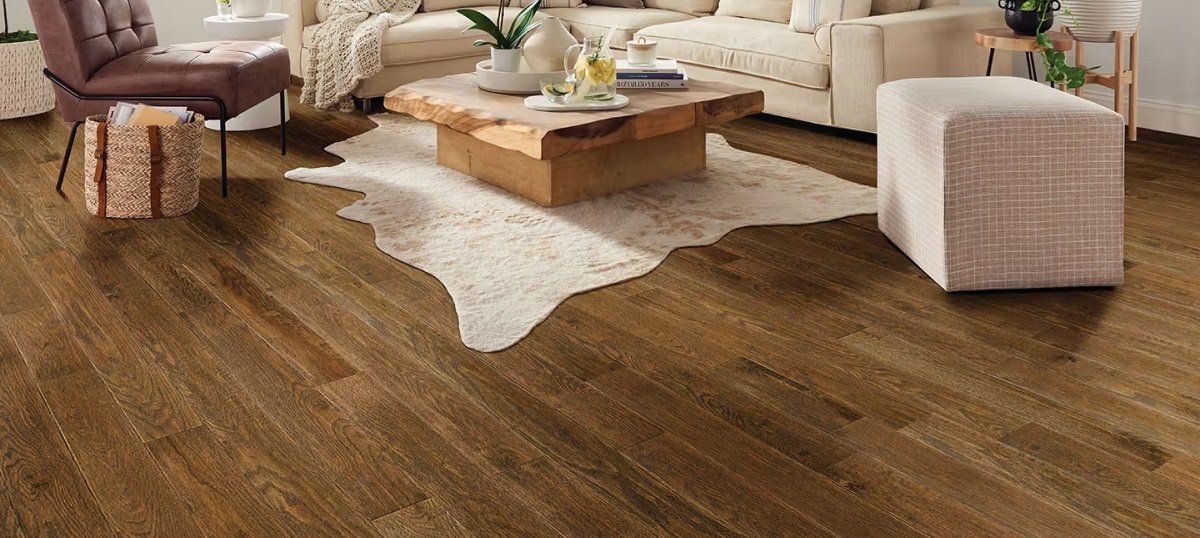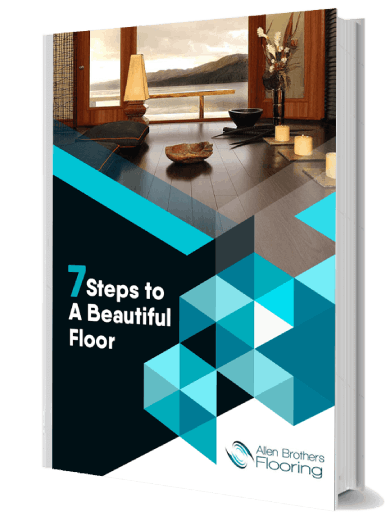
Timber Floors
Are you considering a flooring upgrade that combines beauty with practicality?
Engineered timber flooring might just be the ticket to revitalising your home. This innovative flooring option is catching on fast in Perth homes and businesses, and it’s no wonder why.
It offers the warmth and inviting appearance of traditional wood but comes with a host of advantages that make it suitable for a variety of living spaces.
As homeowners increasingly lean towards sustainable yet stylish living solutions, understanding the nuances of engineered timber flooring becomes essential.
In this article, we will explore why engineered timber flooring is rapidly becoming a go-to choice for Perth residents. We’ll delve into its construction, benefits, and the diverse design options available that can transform any space into an elegant yet functional abode.
Whether you're renovating an old charm or building a new one, knowing what sets engineered timber floors apart will help you make an informed decision.
Let’s hit the floor running.
ALLEN BROTHERS ENGINEERED FLOORING TIPS:
It represents a significant evolution in the flooring industry, particularly appealing for its versatility and durability. Unlike traditional hardwood, engineered timber is composed of multiple layers.
The top layer, known as the veneer, is actual hardwood available in various species, while the underlying layers are typically made of plywood, HDF, or sometimes even recycled wood fibres.
These layers are bonded together under high pressure, creating a floorboard that is less susceptible to the common pitfalls of solid wood flooring.
It is available in a range of types, each offering unique aesthetic and functional benefits.
Popular choices include:
Oak Engineered Flooring: Known for its strength and durability, oak is a classic choice that suits a wide range of interiors.
Bamboo Engineered Flooring: Bamboo is fast-growing and sustainable, making it an eco-friendly option that is also quite hard and moisture-resistant.
Hickory and Maple Engineered Flooring: These are excellent for high-traffic areas due to their hardness and resistance to wear and tear.
Each type comes in various finishes and widths, allowing customisation that can fit any home style from traditional to contemporary.
10 Hybrid Flooring Types to Inspire You This Year
It offers several compelling advantages that make it a preferred choice for many homeowners:
✓ Stability: The cross-layer construction provides enhanced stability, reducing the wood's natural tendency to expand and contract with changes in humidity.
✓ Durability: Engineered floors are capable of withstanding heavy foot traffic and are less likely to warp or bow over time.
✓ Ease of Installation: These floors can be installed more quickly than traditional wood floors and can be laid over different types of subfloors, including concrete.
✓ Cost-Effectiveness: Generally, engineered timber is less expensive than solid hardwood but still provides a similar level of warmth and beauty.
✓ Sustainability: Using less slow-growing, valuable hardwood than solid wood floors makes engineered timber a more sustainable choice.
While it offers numerous benefits, there are a few challenges to consider:
Wear Layer: The thickness of the top layer can vary, and thinner layers may not be refinished as many times as thicker ones, which could affect the longevity of the flooring.
Water Resistance: Although more resistant to moisture than solid hardwood, engineered timber is not completely waterproof. Prolonged exposure to moisture can cause damage.
Variability: As with any wood product, engineered floors can vary in quality. Lower-quality composite materials may be less durable and stable.
Can You Put Underlay Beneath Hybrid Flooring?
At its core, it consists of two main components: the top layer and the core layers.
The top layer is a thin slice of hardwood, which displays the wood’s natural patterns and colours, providing the authentic look and feel of solid wood floors.
This hardwood veneer can range from 2 mm to 6 mm in thickness and is what you see and walk on.
Beneath the veneer, the core layers are made up of multiple layers of plywood, each oriented in a different direction. This cross-grain configuration contributes to the floor’s stability and resistance to warping or swelling due to environmental changes.
This type of floor has anywhere from three to twelve layers, making it robust and dimensionally stable.
One of the greatest advantages is its versatility in installation methods. It can be:
Glued Down: Adhesive is used to stick the flooring directly to a concrete or wood subfloor.
Floated: This method involves laying the flooring over an underlay without directly attaching it to the subfloor. It’s a popular choice for installations over existing flooring or where a moisture barrier is needed.
Nailed or Stapled: Similar to traditional wood floors, this method secures the boards to a wooden subfloor using nails or staples.
Perth’s weather, which ranges from dry heat to brisk winters, requires flooring that can handle thermal expansion and contraction without damage.
It offers this adaptability, making it an ideal choice for the region. Its construction minimises the movement caused by humidity and temperature fluctuations, ensuring longevity and maintaining aesthetic appeal.
The ability to choose from various wood types and finishes allows homeowners to customise the look to match any architectural style, from modern minimalist to rustic country.
Whether you’re renovating an older property or putting the finishing touches on a new build, engineered timber can accommodate any diverse tastes and styles.
Maintenance is straightforward. Regular sweeping and occasional mopping with a damp, not wet, mop is generally sufficient to keep the floors looking their best.
It’s also advisable to use felt pads under furniture and keep pet nails trimmed to avoid scratches.
This type of floor provides Perth homeowners with a durable, stylish, and practical flooring solution that stands up well to local conditions, all while offering the timeless charm of wood floors.
This combination of durability, beauty, and versatility makes it a smart investment for any home.
Understanding the nuances of Perth's local regulations and the best practices for installing engineered timber flooring is crucial for ensuring a successful and compliant project.
This section delves into the essential considerations such as environmental conditions, available sizes, and necessary permits and approvals.
Perth experiences a Mediterranean climate, characterised by hot, dry summers and mild, wet winters.
It is well-suited to this type of environment due to its dimensional stability, which helps prevent warping and swelling.
Maintaining indoor humidity levels between 30% and 50% is advisable to ensure the longevity and performance of the flooring.
Engineered timber floors can fade when exposed to direct sunlight over time. Installing UV-protective window treatments can help mitigate this effect, preserving the colour and integrity of the flooring.
It comes in various widths, typically ranging from narrow boards (80-150mm) to wide planks (up to 300mm). Wider planks are popular for their contemporary look and ability to make spaces appear larger.
The total thickness can vary from 10mm to 20mm. Thicker boards generally offer better sound insulation and durability, which is particularly beneficial in multi-story buildings or households with high foot traffic.
Regulatory Compliance: Adhering to local building codes and obtaining the necessary permits ensures your flooring project meets all legal requirements.
Before making a decision, it's crucial to consider your specific needs and the unique characteristics of your property.
Consulting with a flooring expert can provide tailored advice and help you navigate the selection, installation, and maintenance processes with greater ease.
Choosing the right flooring is a significant decision that impacts the look, feel, and functionality of your home. At Allen Brothers Flooring, we understand the importance of this decision.
With years of experience and a commitment to avoiding costly errors, our team is dedicated to ensuring that every installation is seamless and every customer is satisfied.
Whether you're considering engineered timber flooring or need advice on other options, we are here to help guide you through every step.
We can provide:
Expert Advice: Get personalised consultations to match your specific needs.
Quality Service: Rely on our proven track record of high-quality installations.
Peace of Mind: Benefit from our commitment to precision and excellence.
Don't hesitate to reach out to us for more personalised advice or to receive a quote tailored to your unique requirements.
Contact Allen Brothers Flooring today on 0407 983 020 or request a 100% obligation-free quote online now.

